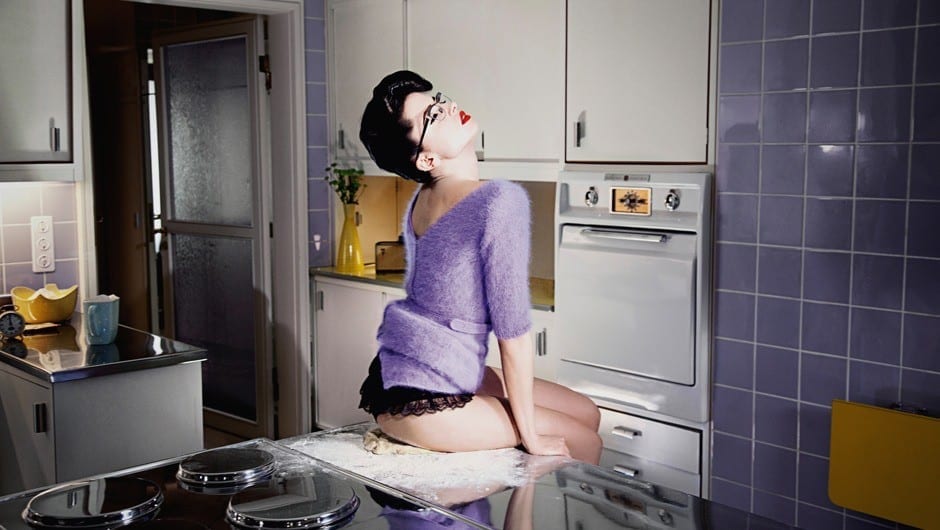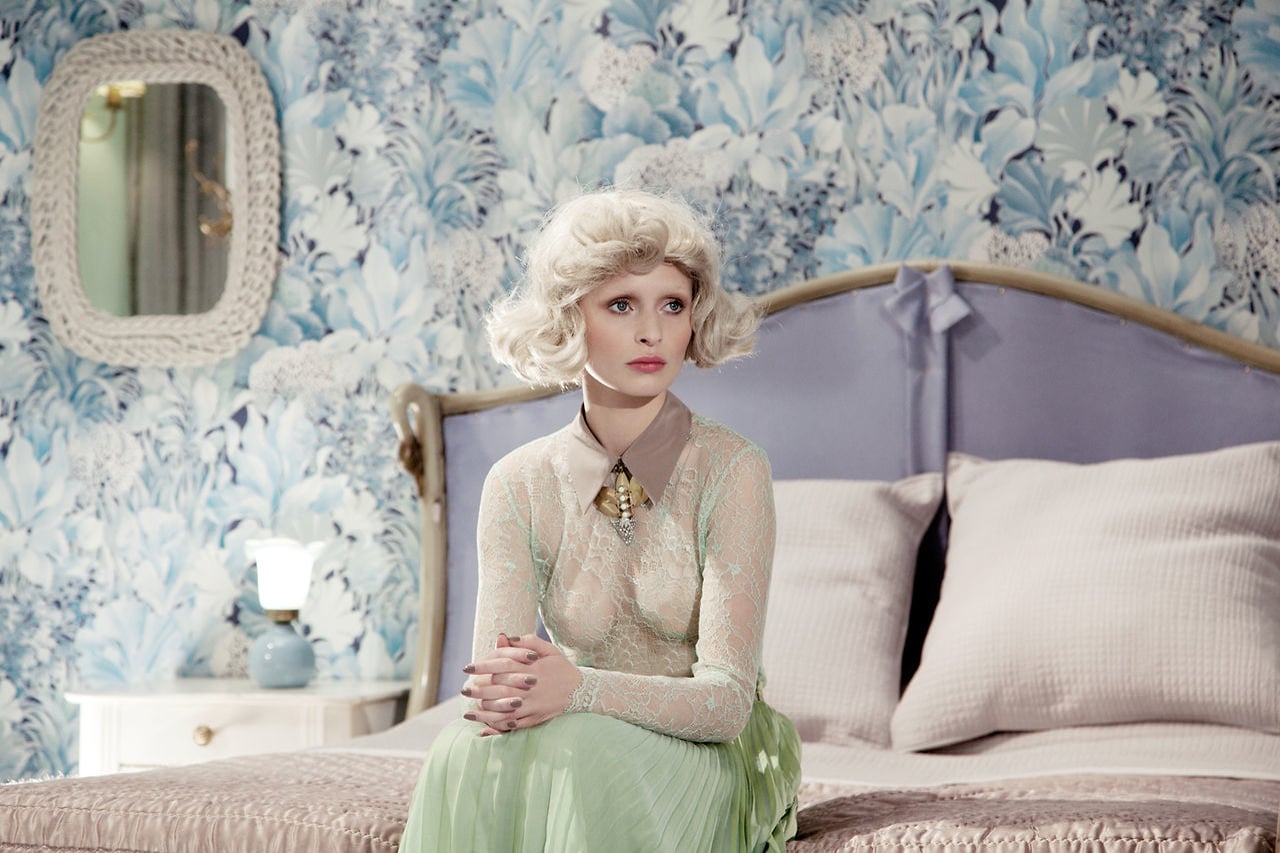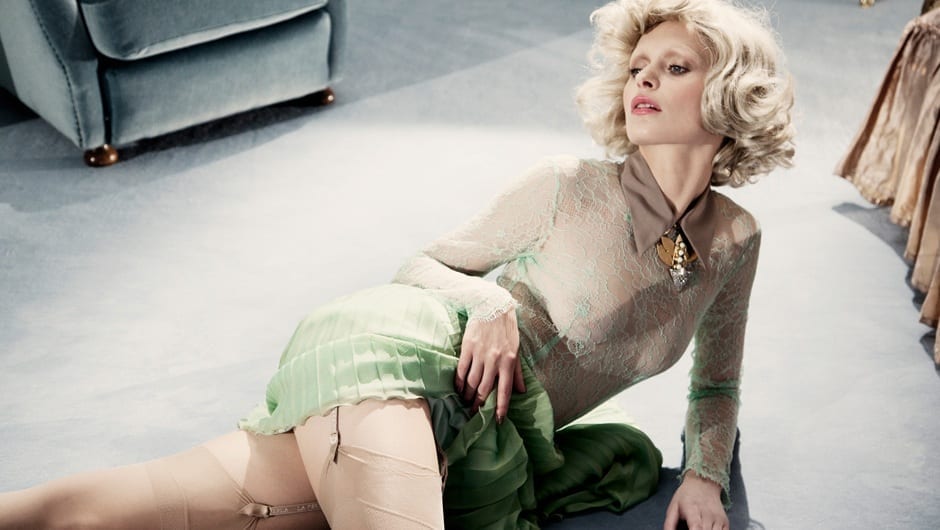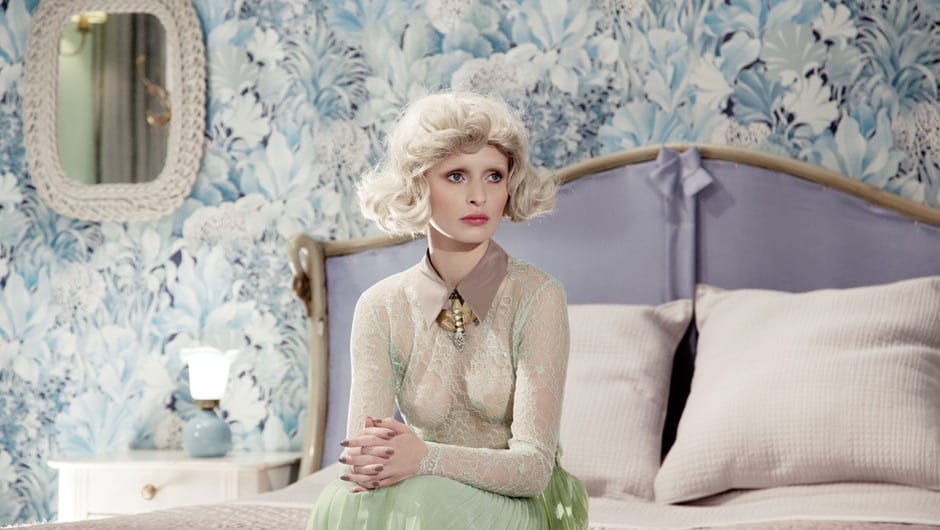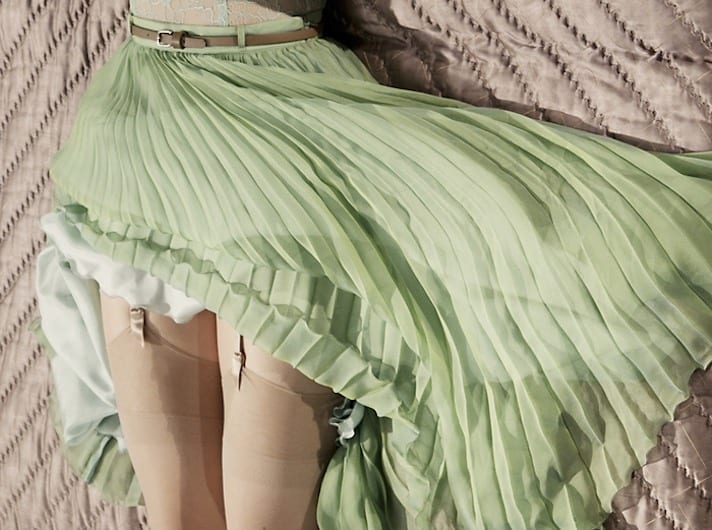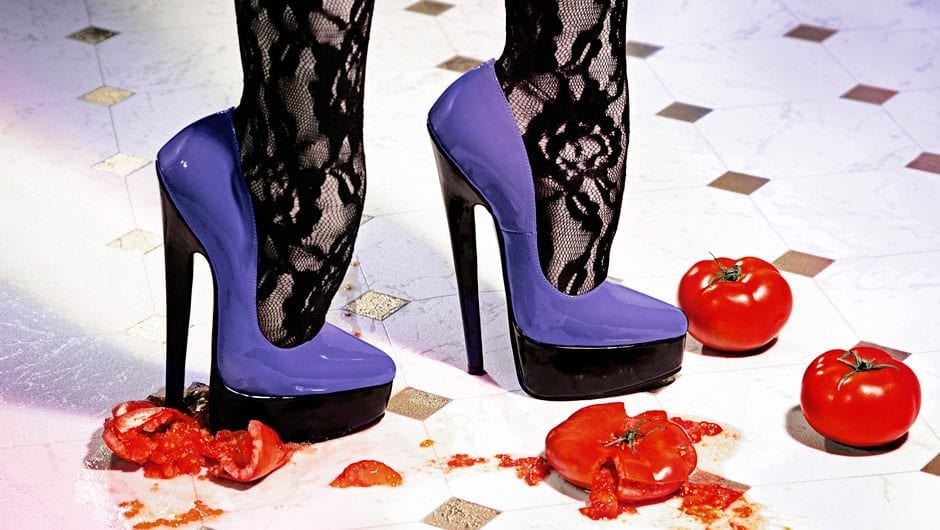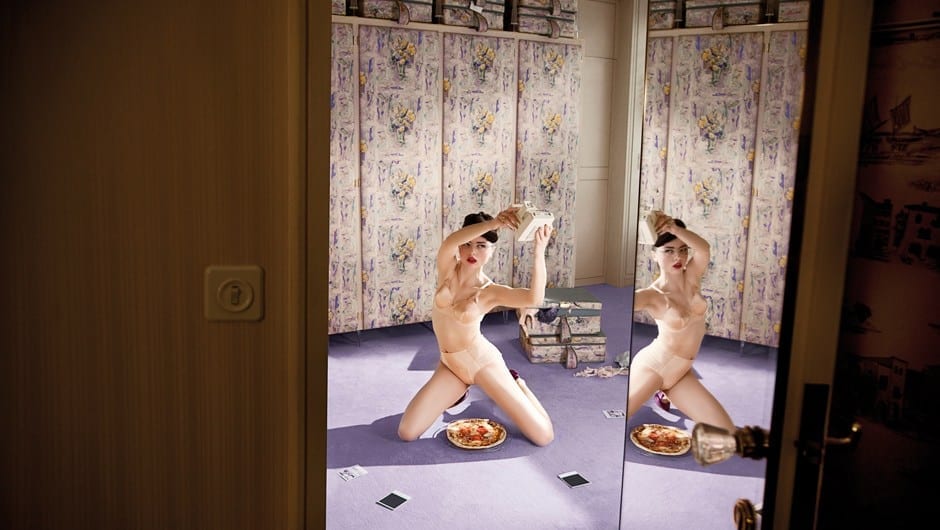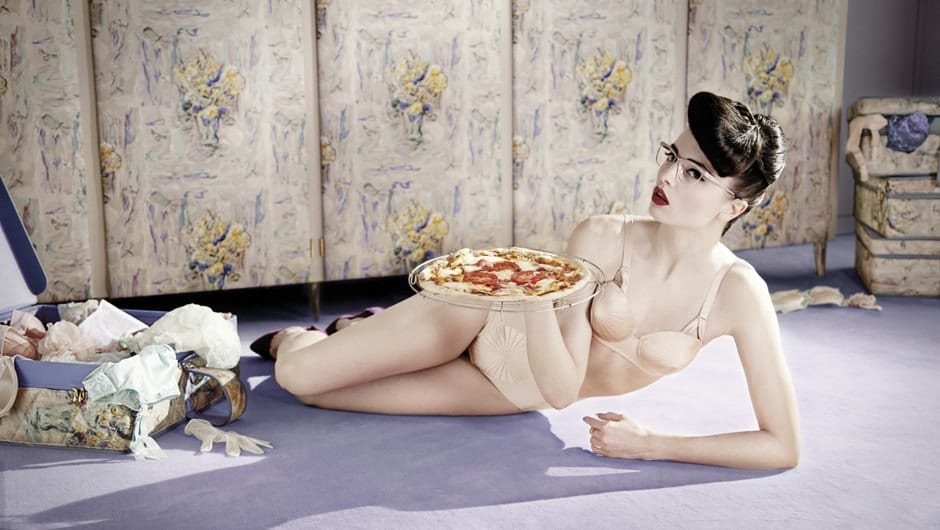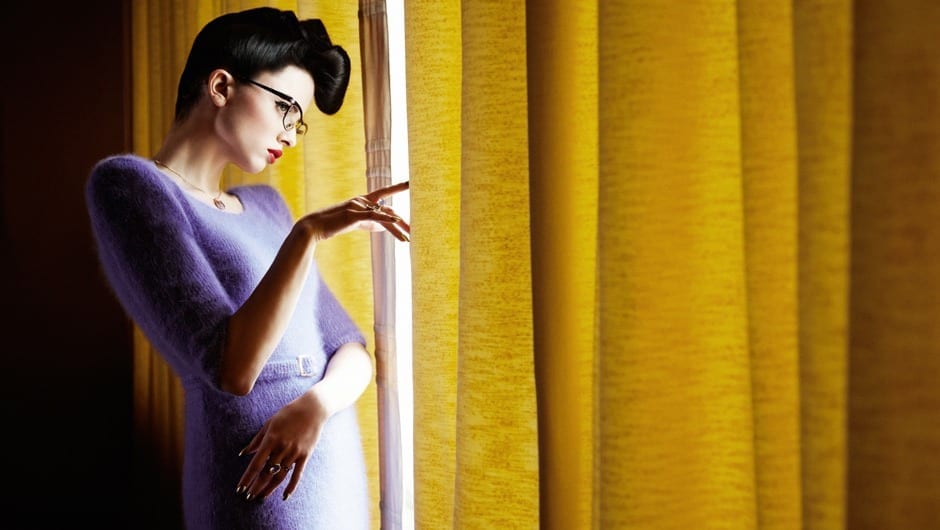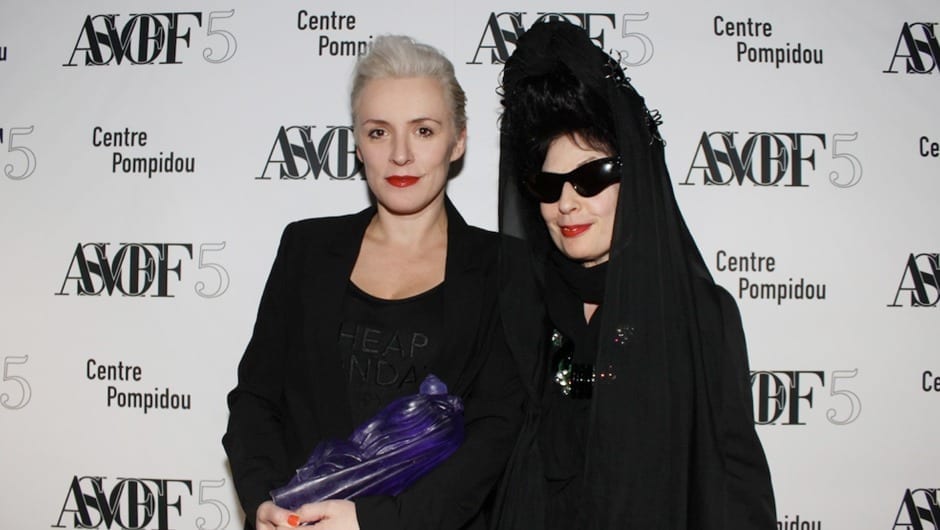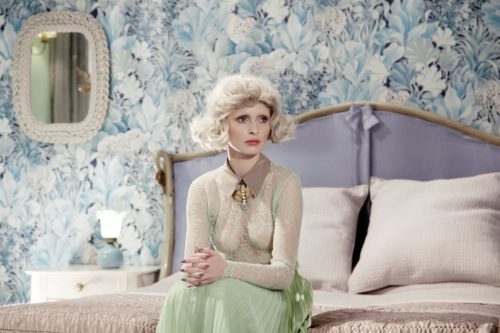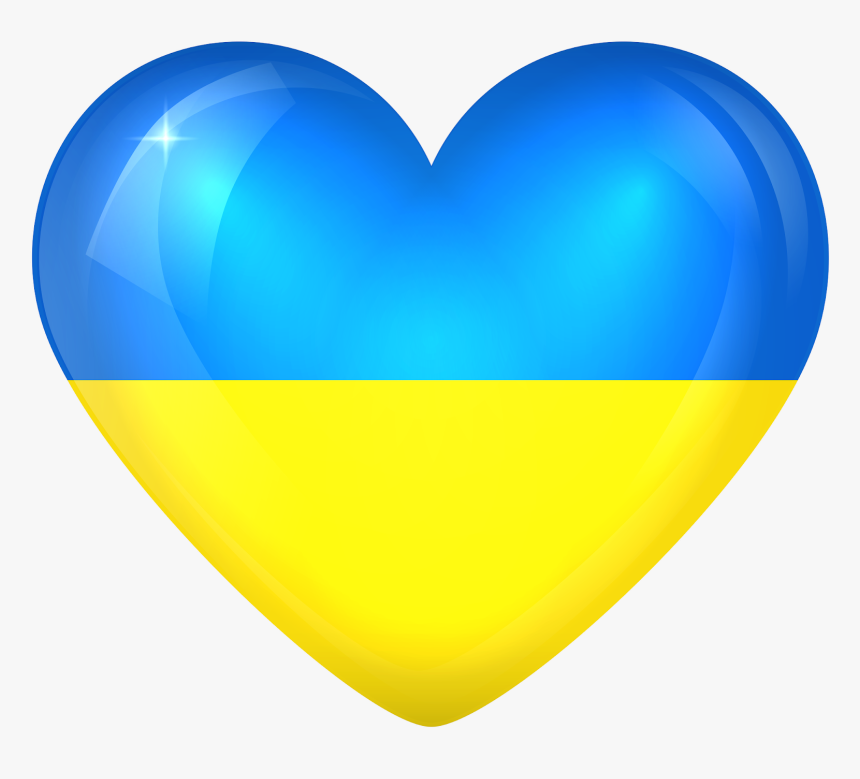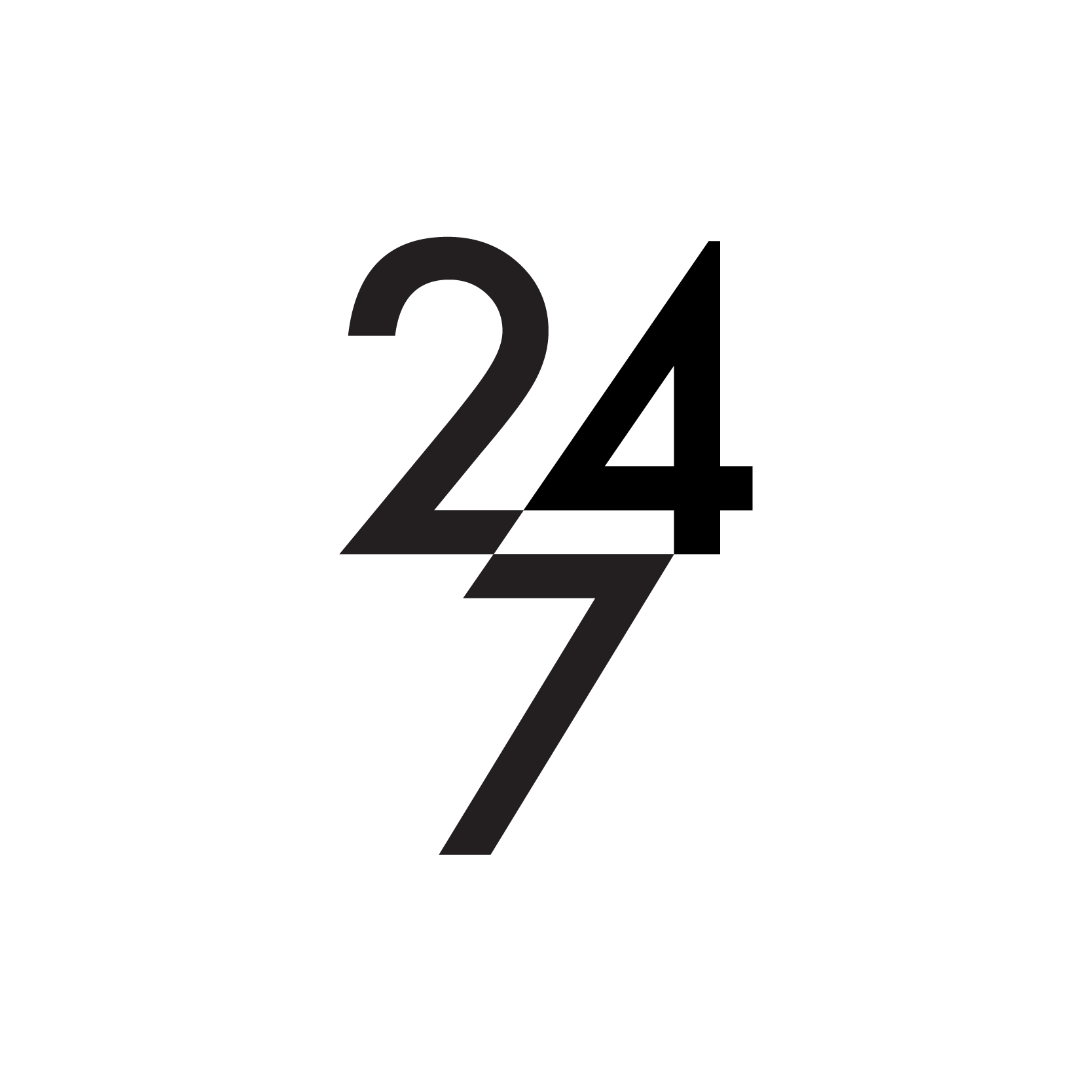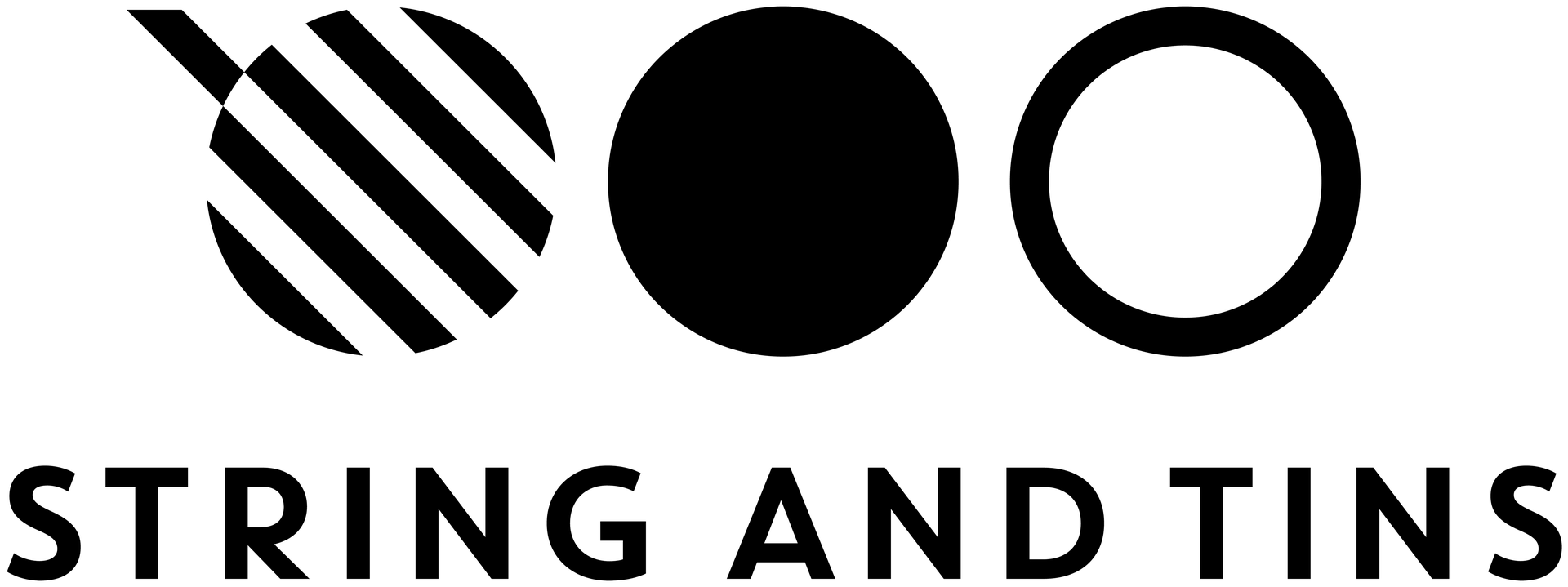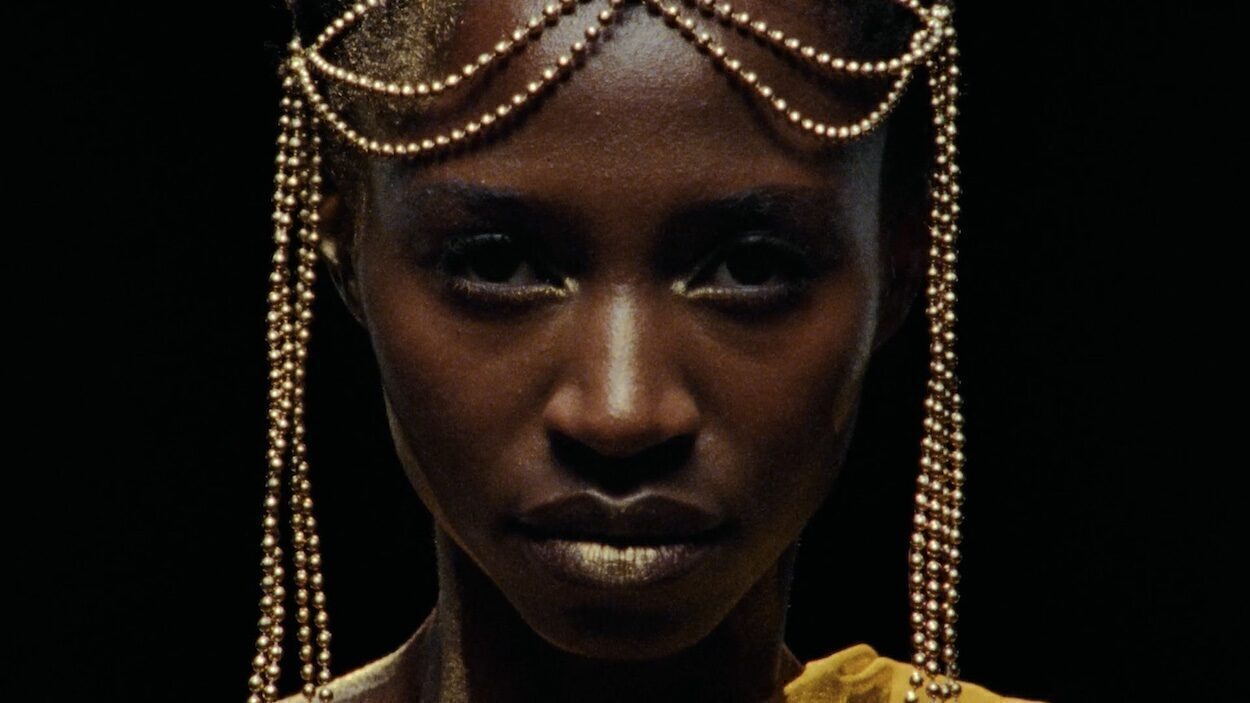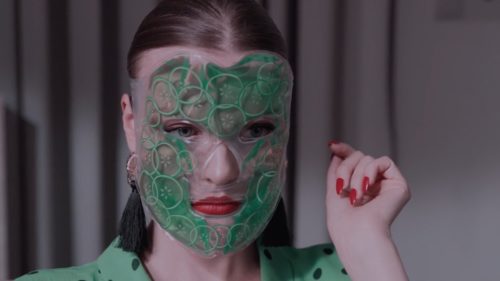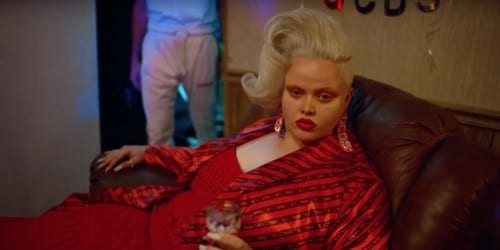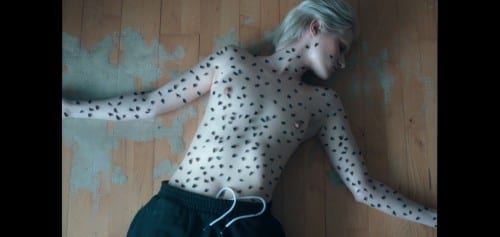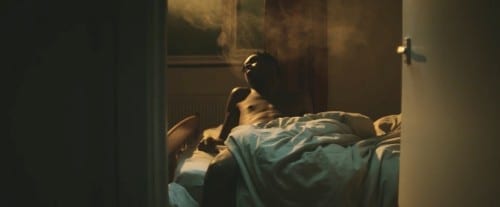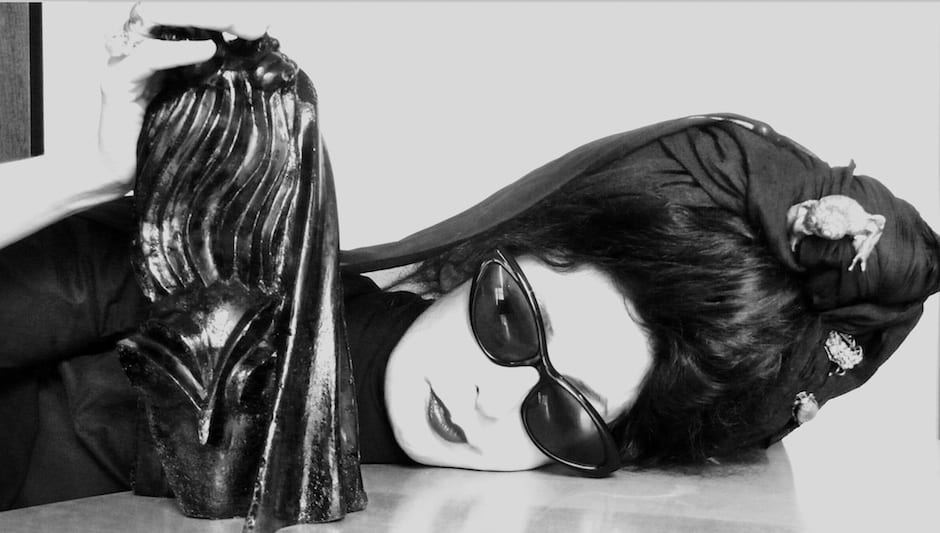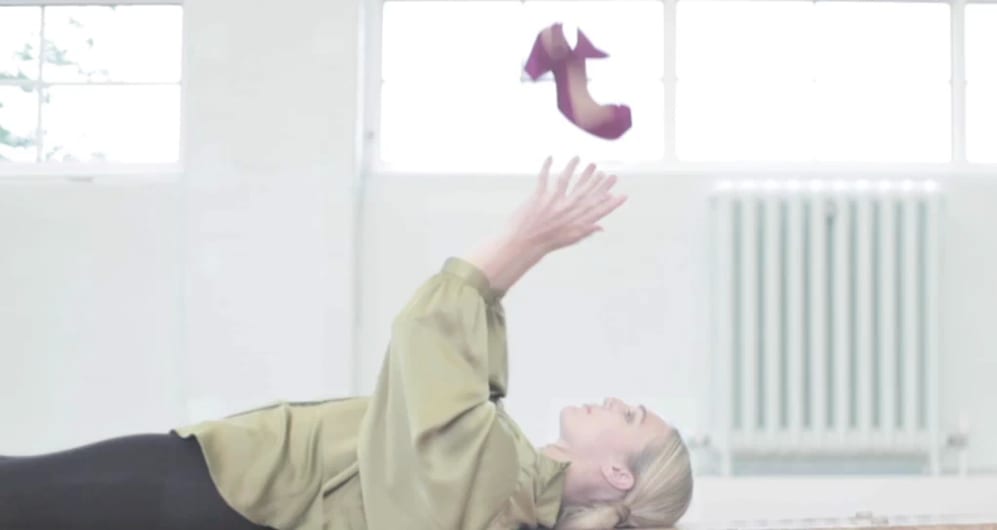Your narratives always induce a smile, how do you come up with your concepts? Are there eureka moments or do you fastidious keep notebooks of sketches and writings and refine ideas until they work?
Sometimes I have flashes of inspiration and other times I have to rack my brains. The basis of my creative work process is a huge collection of data and images, which I have compiled over time. For example, there are old photographs and fashion shoots, which I like because of the colours, or certain pieces of music, which express certain moods.
Inspiration can basically come from anywhere. For example, I got the idea for Hors d‘Oeuvre from music research for my first film Precious. I came across a piece of music in the style of a funny tango, which inspired the idea of a woman dangling from the ceiling moving her feet in time to the music. The idea was developed over a year resulting in my new film Hors d‘Oeuvre at the end.
Please describe your creative process.
Creativity is hard work. It starts with a vision that has to be visualised. The collected material helps me with this and I review it, compare it to the idea, select from it, recompose it and place it on mood boards, which I then show to my team so that they can get a better idea of the look or visual realisation of the idea.
New ideas and visions result from this discussion, which are then at some point so developed that they can be realised. The important thing is: the idea must be right and capable of inspiring my whole team. That’s a huge challenge. I then start to fine tune the mood board, which shows the colours, set, clothing etc. We often realise that we have to have the right clothes made especially, for example the lilac coloured dress from Precious or the green dress from Hors d‘Oeuvre. Or props have to be ordered from abroad. A long lead time is definitely very important.
There’s an airbrush quality to your work even in your moving images, how do you achieve this?
I prefer subtle colours like pink, mint or nude shades in my photo spreads and films. However, colours can also be controlled in post-production, although this is significantly easier in photography than in film. With Hors d‘Oeuvre, for example, I worked with a filter that simulates the Technicolor look.
Are your settings built sets or locations? They almost feel cgi in their cleanliness.
My visual language is very minimalist and colour-coordinated. Unfortunately though, locations are rarely like that … It is therefore usually easier to build a set. Unfortunately, this is more expensive though.
Do you use the same camera for stills as well as film?
Yes, I work with the Canon 5d Mark 3, or with medium format cameras including a digital back.
Did you study photography or are you self-taught?
I completed professional training to become a photographer, assisted advertising photographers and then ventured into self-employment.
Was fashion always your main subject or did that evolve after you became a photographer?
I was always really interested in fashion and have loved high heels as far back as I can remember. Even as a teenager I dressed up with my friends, styling ourselves and putting on make-up. The finale was the photo shoot in my bedroom. We wanted to look like our favourite stars from the 1980s and thought we looked unbelievably cool. When I look at the old photos (and there are hundreds of them) I notice that they were actually the beginnings of my photography today.
Fashion clients generally work directly with directors and photographers without the need of agency creatives. Do you feel there’s increasingly a demand for creative production where the director is expected to come up with the creative ideas as well as execution?
Actually, that really suits me as I love developing concepts and then refining them down to the tiniest detail. As I often work with my regular team, this also works very well.
Who would be your dream client?
My dream client is one who gives me free rein and trusts my ideas and also wants to finance them 😉
LINK:
